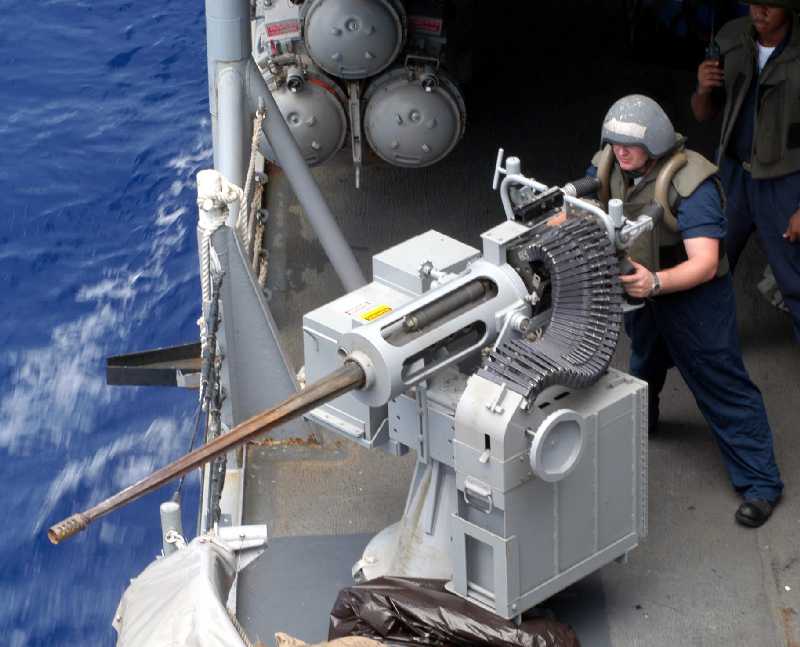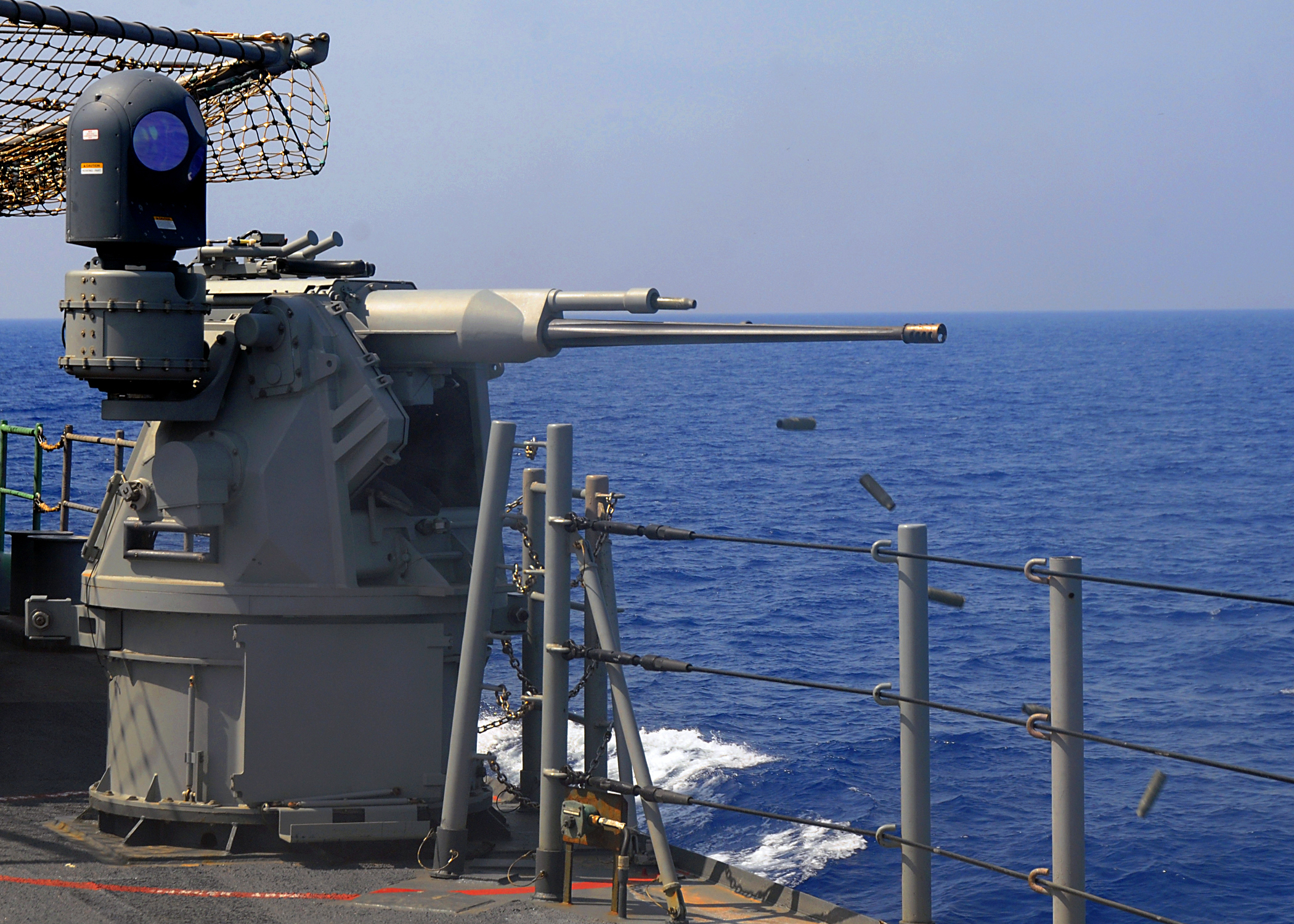My understanding is that in a hostage situation, the first order of business of the police is to isolate the hostage takers, and take tactical control of the environment surrounding the area controlled by the hostage takers. For example, police will evacuate all civilians to a safe distance, prevent any non-LEO personnel from entering the area, prevent the hostage-takers from leaving the area, occupy the area, observe with all means any activity within the area under control by the hostage-takers, and be prepared to react.
I don't know what steps the USN did to maintain tactical control over the area surrounding the Maersk lifeboat, but I think when this is over the Navy owes us all an explanation. What we do know is that Captain Phillips was able to temporarily escape his captors, get off the boat, and get into the water. Captain Phillips was taken back into pirate custody after a pirate swam after him, and after shots were fired by the pirates. This outcome suggests, to me, that the Navy did not have tactical control of the surrounding area.
Imagine, for a moment, the situation is on land. A hostage is being held inside a school, surrounded by a SWAT team. The hostage runs outside. But, no SWAT member is there to take the hostage into custody. Worse yet, as the hostage is running towards the police in the distance, one of the hostage-takers appears behind the escaping hostage and begins firing his weapon. And the police do nothing.
Unless there is something about this situation that I don't understand--and I recognize that there may well be--I find this outcome to be appalling. And our government owes us an explanation.
Specifically, I want to know:

(1) What was done to contain the pirates to the lifeboat?
(2) What methods of observation were used to observe the situation on the lifeboat? Was the boat constantly illuminated at night? Were personnel stationed close enough to the boat to observe the situation well?
(3) What plan did the Navy have in case the hostage escaped the boat? What would have been there response time?
(4) What plan did the Navy have in case they observed a weapon being discharged? What
 would have been their response time?
would have been their response time?(5) What prevented the immediate elimination of all pirates on the lifeboat once the hostage was no longer on it?
and also, although it is not implicated yet, but soon may be:
(6) What was done to prevent non-Coalition platforms/personnel from entering the area isolating the lifeboat?
Because I am an uninvolved civilian, I will pose these as questions and will not speculate about the answers nor second-guess the commanders.... at least not until all the facts are known. But I think when this is all over, we are owed these answers.
Update 11 Apr 09:
We have a new fact and a rationale courtesy of the AP:
Sailors on the USS Bainbridge, which has rescue helicopters and lifeboats, were able to see Phillips but at several hundred yards away were too far to help him. The U.S. destroyer is keeping its distance, in part to stay out of the pirates' range of fire.
I am not comfortable with this. If the question is, "why wasn't the Bainbridge close enough to rescue Phillips and suppress/deter/eliminate his pursuers?" then the answer "we didn't want the Bainbridge to get shot at" is impotent. They are 4 guys with rifles; they do not get to push a US Warship (nor its helicopters [if it had any], nor its armed boarding parties) around.
 This does raise some interesting questions about littoral warfare, though. Assume for a moment that returning fire is not an option; that the apparent "rule set" here is that the pirates are allowed to take pot shots at USN platforms and personnel but the USN cannot respond for fear of triggering the execution of Capt. Phillips. In the analogous SWAT situation, the police would not retreat to a distance greater than the effective range of a Kalashnikov, they would get behind cover. At sea, the only cover is the ship itself. Thus, this incident may be teaching us that a true
This does raise some interesting questions about littoral warfare, though. Assume for a moment that returning fire is not an option; that the apparent "rule set" here is that the pirates are allowed to take pot shots at USN platforms and personnel but the USN cannot respond for fear of triggering the execution of Capt. Phillips. In the analogous SWAT situation, the police would not retreat to a distance greater than the effective range of a Kalashnikov, they would get behind cover. At sea, the only cover is the ship itself. Thus, this incident may be teaching us that a true  littoral combatant needs to have armored gun positions and/or guns fired without exposed crew, and should probably also not have large, expensive, sensitive sensors or other things on deck that "don't react well to bullets." Just like insurgency at land, we are seeing the irregular warfare at sea requires armor, not speed.
littoral combatant needs to have armored gun positions and/or guns fired without exposed crew, and should probably also not have large, expensive, sensitive sensors or other things on deck that "don't react well to bullets." Just like insurgency at land, we are seeing the irregular warfare at sea requires armor, not speed.

No comments:
Post a Comment